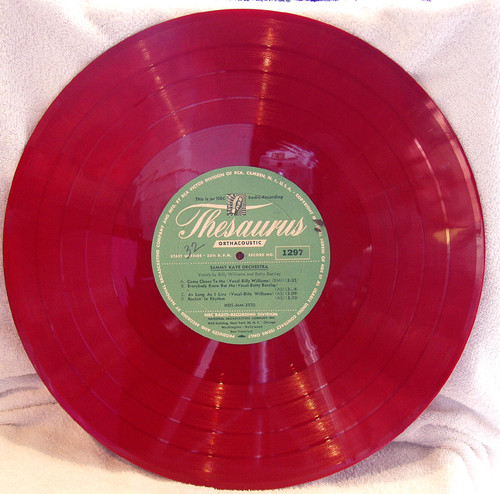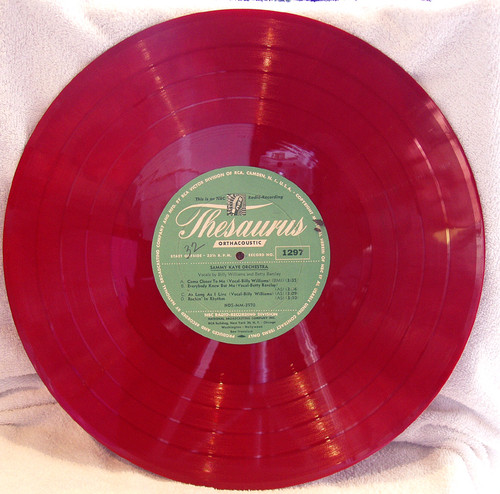Phonetics Inc. (Sensaphone) USA
Model: Sensaphone 2000
Designed & manufactured in USA
Circa late 1980's
HISTORICAL & BACKGROUND INFORMATION:
This is old equipment for sure but there remains the opportunity to use this equipment for remote monitoring or purely experimentation, you just need a bit of pure imagination!
We had this equipment "in service" quite some time ago but as new technologies were developed, we withdrew this equipment from service.
If you are looking for more contemporary, highly sophisticated monitoring equipment, take a look at the website of SENSAPHONE HERE
The Sensaphone 2000 is well engineered, designed and manufactured in USA and it offers a wide range of possibilities albeit based on dated technology but it has extensive flexibility and potential uses, at a price that is far less than contemporary equipment.
The Sensaphone 2000 is a sophisicated data monitoring, logging and alarm system and, in brief, it can provide up to 8 universal channels, which can include NO or NC contacts and thermistor sensors, 4x 20mA inputs, 0-5V inputs, run-time accumulator, pulse counting, AC supply monitoring and battery voltage monitoring.
As the name might suggest, the unit was principally (but not only) designed for use with standard 2 wire telephone lines - Hmmmm ... I hear you say, not much good these days!
While it is true that good old FSK modems and 2 wire copper telephone lines are pretty dated by today's communication standards, all is not lost.
Using the RS-232 (Serial port) you can read data in real time, send it externally to a PC and then onwards and upwards to the internet. This RS-232 port is bi-directional so you can also initiate a stored data logging report as required, meaning that the system can monitor all the channels and store the information locally and then have this information dumped to a remote installation as required.
The Sensaphone 2000 has local backup power should the AC supply fail
MAJOR CONSIDERATIONS TO KEEP IN MIND:
BATTERIES - the backup battery system was based on 6x C size NiCd batteries! I still had them but they are now well and truly dead and have gone to their maker!
So, either find some nice old NiCD C size batteries or adapt the system for contemporary batteries such as NiMH possibly. I made some quick measurements around the charging circuit and it periodically pushes up to 15V DC into the batteries, like a pulse charging system.
SOFTWARE - Sensaphone had their own software (no licencing required) and I have a copy of that software, it will be supplied with the equipment. Due to the age of this equipment, the software was intended to run on Windows 98, 2000 & NT! Every good experimenter will have a multi-boot machine, I certainly do although it is "down" at the moment due to a SCSI drive upgrade!
As was the case back in those days, you needed at least a "super u-beaut" 486 processor and around 32 MEGABYTES of RAM! My how things have changed ...
I have the original installation software and I will be supplying the software installation software on a CDr. This is NOT the upgrade patch I see online but in fact the original installation software - you could upgrade it if you wished.
I tried a "test installation" on another machine here with Win 7 (64 bit) but 'no way' says Windows - so I could not do a "test installation" of the software. No need to anyway, I know this equipment is working!
Getting this software talking to the equipment is CRITICAL to it's usefulness - get an old laptop and dump Windoze 98 OS onto it if you don't have a multi-OS machine.
TELEPHONE ACCESS: Well, not really relevant these days - this old modem technology is built into the equipment, the modem being 14K and data/fax compatible. If you are a gluten for punishment, the built in telephone capabilities means it will operate with either pulse or touch-tone signalling, standard loop to call, ringing frequencies between 16 ~ 60Hz and is designed to operate on ALL standard ANALOG telephone systems. We used this way back when Telstra offered 2 wire lines and modems running at 14.4K were the "standard", not even 56K had been released and ADSL? No way! This equipment functioned fine here in Australia.
As a side advantage though, this equipment sends and can also have recorded VOICE messages. Plug a telephone handset into the Telco port and the machine will talk to you, well for a little while anyway (the messages are short duration)
So most likely, setup and programming will be undertaken via the RS-232 port
How? It's easy, you can setup the Sensaphone 2000 to "talk" to the outside world via EITHER the telephone port OR the serial port (not both at the same time) - select serial to communicate with your PC and then use that PC for external connections via the net.
While the manual talks about sending email messages, faxes, pager information (!) and even making a web page with automatic data insertion - these methods of communication and content are ALL via the dial-up modem which is inbuilt.
To achieve much greater flexibility and compatability with the "outside world" you will need to enable and use the serial port.
Highest serial speed looks to be 38400 baud but there are a lot of "tweeks" available to achieve the fastest, most reliable communications with a PC.
Once you have achieved a solid reliable pathway between the PC and the Sensaphone 2000, it's time to play programming - the fun part!
I will not go into every little aspect of the programming, there are so many facets that can be setup but I assure the new owner, the USER MANUAL will be supplied (on CDr as it is 130 pages long!) It makes for LONG reading and covers many many aspects of the equipment setup.
Once all the programming has been setup it is "remembered" by the Sensaphone 2000 (stored in non-volatile memory with a Lithium button battery backup - it is most likely this battery is now dead, I didn't check this though) The battery is in a holder and NOT soldered direct to the board!
Then, it is up to the user to establish how all the data coming from the Sensaphone 2000 is used by the PC via the serial comms link between the two.
Experimenters delight!
SUMMARY OF ITEMS SUPPLIED:
Sensaphone 2000 main unit
9V DC plug pack power supply to suit (normal Australian plug)
CD containing the installation software, User Manual
TESTING:
Once we had decided not to continue using this equipment, it was put safely away in our workshop storeroom and there it has stayed for 'yonks'.
Today I powered it up to check some very basic operations ....
At startup, the unit automatically scans all channels and the RED leds are sequentially turned on then off - all fine.
I then created an alarm condition on a number of the channels, after less than one second the corresponding Channel RED led flashes (meaning unacknowledged alarm condition) and then if the alarm condition is not removed, the RED led stays on continuously. All channels worked perfectly.
Checked that the system is correctly sending "charging voltage" to the NiCd batteries, also no problems here.
I did not feel it was necessary to setup the RS-232 and start talking to the equipment so it is at this point that I stopped further testing - I am absolutely sure everything is working as it should.
COSMETIC CONDITION:
USED
CLEAN
NO scratching or other damage at all to the case - like new in fact
NO damage to any port
NO wear n tear showing to any label decals - the function of every port or indicator is clearly readable
This equipment, along with the software, has now been packed into sealed clear plastic, ready for an eager experimenter to have a play around with!





















